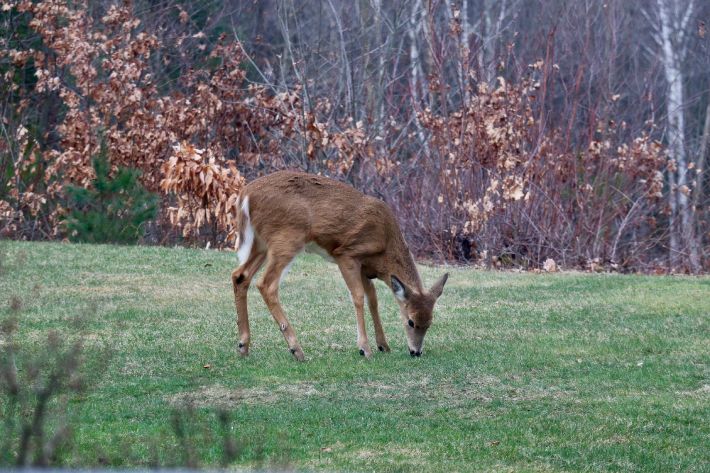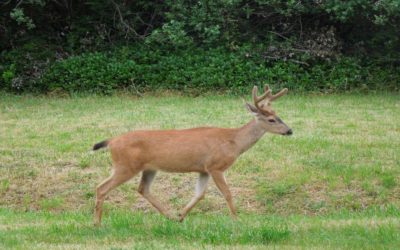The white-tailed deer, scientifically known as Odocoileus virginianus, is a widely recognized species inhabiting North America. With their reddish-brown coat, white underside of their tail, and distinctive antlers in males, these graceful creatures are a common sight in a variety of habitats, ranging from wooded areas to urban landscapes.
In this comprehensive exploration of the white-tailed deer, we will not only uncover whitetail deer height but also delve into their intriguing biology, behaviors, and their vital role in North American ecosystems.
The Dimensions of Whitetail Deer: Whitetail Deer Height
1. Shoulder Height
One of the primary dimensions used to gauge the size of white-tailed deer is their shoulder height. On average, adult white-tailed deer stand between 3.5 to 4.5 feet (105 to 135 centimeters) tall at the shoulder. However, this measurement can vary depending on factors such as age, sex, and geographic location. Mature bucks, characterized by their antlers and body shapes, often reach the upper end of this height range.
As a general rule of thumb when looking at whitetail deer, the smaller the body the younger the deer. This rule of thumb can be used immediately from the birth of whitetail deer. Fawns and yearling bucks will oftentimes have white spots on their fur coat to indicate their youth. After roughly a year, those spots diminish. However, a young whitetail deer will still embody a smaller frame than a fully mature deer. After 2-3 years, whitetail deer will be fully grown.
2. Body Length
In addition to their height, the overall body length of white-tailed deer is an important aspect of their dimensions. These creatures typically measure around 5 to 7 feet (150 to 210 centimeters) from the tip of their nose to the tip of their tail, with the tail itself spanning 7 to 11 inches (18 to 28 centimeters). This elongated body structure is well-suited for their agility and leaping abilities.
The body length of a deer can also indicate the size of their vitals. As a hunter, it is important to recognize this as you look to make an ethical shot on a whitetail deer. The longer the body, the bigger the vitals.
Learn More >>> Deer Anatomy & Making an Ethical Shot
3. Weight
Understanding a deer’s weight is crucial for comprehending their size fully. Mature does typically weigh between 90 and 200 pounds (40 to 90 kilograms), while adult bucks can range from 130 to 300 pounds (60 to 135 kilograms). However, exceptional deer in areas with abundant food resources may surpass these averages.
The weight of a whitetail deer truly depends on the surplus of food sources available to the deer herd. This is especially true if you are looking to improve deer habitat. You will want to look at food sources that you can implement throughout the entire year. In late September, deer need different food sources than they do in late December and early January.
Learn More >>> Best Buck Attractants
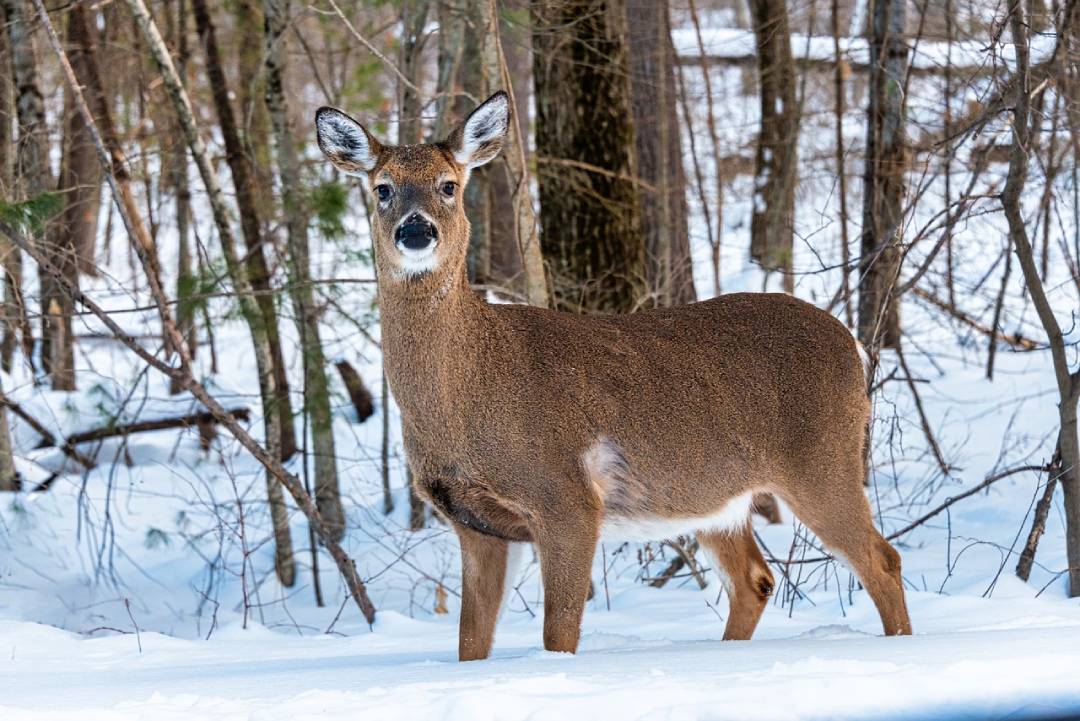
Factors Influencing Whitetail Deer Size
The size of white-tailed deer is influenced by various factors:
- Genetics: Each deer carries a genetic blueprint that plays a significant role in determining its size. Some may be genetically predisposed to be larger or smaller. The genetics of a deer herd is obvious through antler formation and similarities between antlers. However, the genetics of deer can also be looked at from a female deer perspective.
- If you notice that a female deer produces large, healthy, and genetically appealing fawns every year, it may be a good idea to let that female deer live as long as it continues to be a receptive doe producing top-tier offspring.
- Learn More >>> 5 Whitetail Doe Facts Every Hunter Needs to Know
- Nutrition: The availability and quality of food in their habitat have a direct impact on their growth and overall size. Areas with plentiful forage tend to produce larger deer.
- This comes back to what type of land you are hunting on and whether you can adjust the food sources. If you have your own property, it may be a good idea to look at the value of nutrition that your deer herd has and how to improve the nutrition of the deer herd to grow large whitetails.
- Age: Like many species, white-tailed deer continue to grow throughout their lives. Older individuals are generally larger, with this growth being especially noticeable in bucks and their antler development.
- When it comes to the age of whitetail deer, they grow taller and larger through time. As a hunter, it is up to you to define what age class of deer you are targeting. As an example, I hunt public land in Michigan. For me, I am looking to shoot a two-and-a-half-year-old buck or older.
- Learn More >>> How to Age Whitetail Bucks
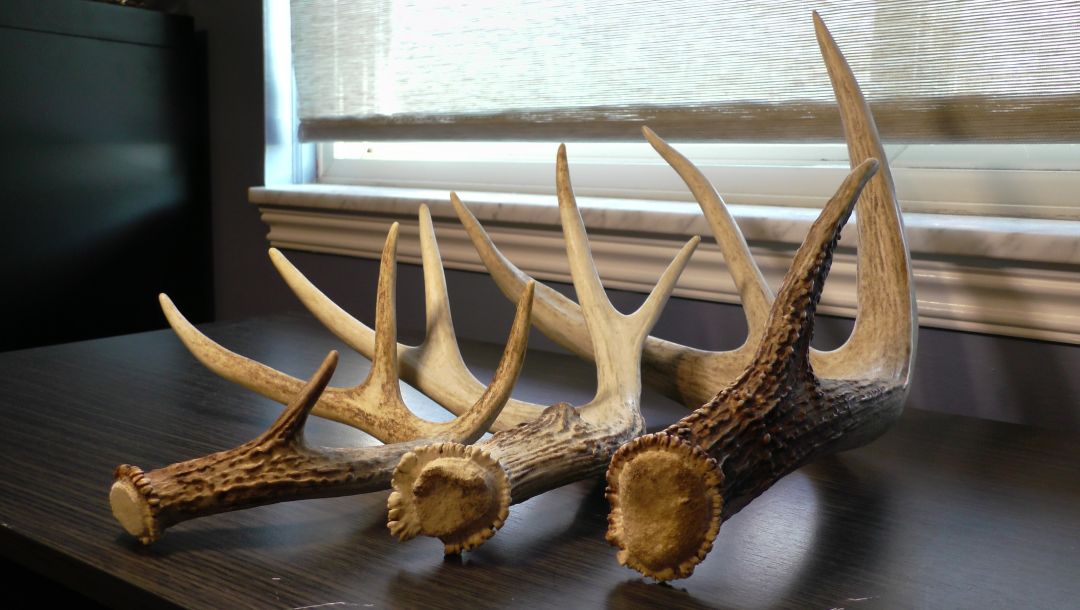
White-Tailed Deer: A Remarkable Species in North America
1. Habitat Range
White-tailed deer have a vast range that spans from southern Canada through the continental United States to South America. They adapt to a variety of habitats, including wooded areas, open fields, agricultural regions, and even urban areas, showcasing their remarkable ability to thrive in diverse environments.
While the species itself has a wide range of habitats, the daily range of a whitetail buck may vary. This largely has to do with the time of year you are looking at. In early spring a whitetail buck may rake a square mile or more each day.
During the rut, mature bucks will travel miles at a time in search of a receptive doe. Yet, in early and late hunting season bucks will stick to their home range which can be pretty small or quite large.
2. Behavior and Social Structure
White-tailed deer are known for their complex social structure. They often form family groups composed of adult females and their offspring. During the breeding season, which typically occurs in the late autumn and early winter, adult males (bucks) play a crucial role in mating.
They compete for the attention of receptive does, engaging in behaviors such as vocalization and antler displays.
This behavior from Whitetail Bucks is what makes the rut such an exciting time to be a hunter. There is more action during the mating season than at any other time of the year.
Learn More >>> Best Time to Hunt Whitetail Deer
3. Reproduction
After a gestation period of around 200 days, does give birth to a single fawn, although twins are not uncommon.
These young deer, known as yearlings, grow rapidly and can reach sexual maturity as early as seven months of age. Male fawns, in their first and second years, sport smaller antlers compared to mature males.
Learn More >>> Deer Breeding Season, When Do Deer Rut?
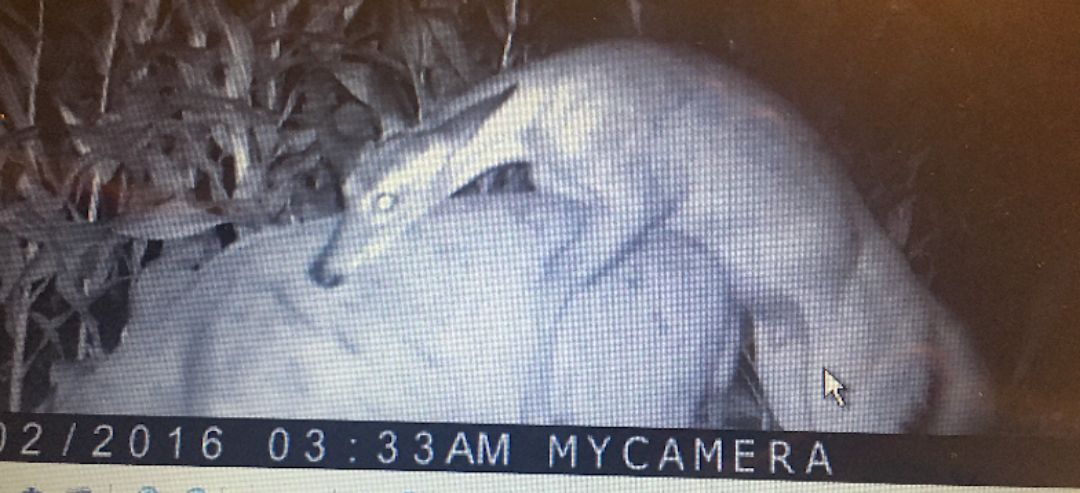
Conservation and Ecological Significance
White-tailed deer play a vital role in North American ecosystems. They are a keystone species, influencing the composition and structure of plant communities. Through their browsing habits, they control the growth of woody plants, maintain habitat quality for a variety of wildlife, and disperse seeds, contributing to the health of their habitats.
However, their growing populations, habitat loss due to urbanization and agriculture, and interactions with motor vehicles have raised concerns.
Deer-vehicle collisions are a significant issue in many areas, leading to property damage and posing risks to human safety. Additionally, white-tailed deer can act as hosts for ticks that transmit diseases such as Lyme disease.
Adaptations and Anatomy
Understanding the anatomy and adaptations of white-tailed deer sheds light on how they thrive in a variety of habitats and situations:
- Coat and Coloration
White-tailed deer are known for their reddish-brown coats, which provide excellent camouflage in wooded areas. During the summer months, their coats are sleek and reddish-brown, while in winter, they grow a thicker, grayish-brown winter coat to withstand the cold. - Antler Development
Antlers are a defining feature of male white-tailed deer, growing in a unique pattern. The main beam, which extends from the skull, gives rise to tines or points. Antler size and complexity vary among individuals, and they serve various functions, from establishing dominance in the breeding season to defense against predators. - Sensory Adaptations
White-tailed deer possess preorbital glands, which are located in front of each eye. These glands play a role in scent marking and communication with other deer. Their keen senses, including acute hearing and a keen sense of smell, help them detect potential threats. - Digestive System
Like all ruminants, white-tailed deer have a four-chambered stomach, enabling them to efficiently digest fibrous plant material. This adaptation allows them to utilize a wide range of vegetation in their diet, from green plants to woody browse.
Learn More >>> Whitetail Deer’s Digestive System
Life Cycle and Behavior
-
Reproductive Cycle
The mating season, or rut, typically occurs in late autumn and early winter. During this time, male bucks compete for the attention of receptive does. Bucks engage in displays of dominance, vocalizations, and physical combat to establish their breeding rights. -
Family Groups
Whitetail deer often form family groups consisting of adult females and their offspring. These groups provide protection and social support, particularly for fawns. -
Home Range and Winter Range
Deer have distinct home ranges that they inhabit throughout the year. During late winter, they may migrate to winter ranges in search of more abundant food sources and shelter from severe winters. -
Urban Adaptation
White-tailed deer have demonstrated an ability to adapt to urban areas, where they may find food resources such as ornamental plants and green spaces. This adaptation often leads to interactions with humans, including deer-vehicle collisions.
Predators and Conservation Challenges
-
Natural Predators
White-tailed deer have several natural predators, including mountain lions, wolves, and coyotes. These predators help regulate deer populations and play a crucial role in ecosystem dynamics. -
Conservation Challenges
The increasing deer populations in some regions, coupled with habitat loss due to urbanization and agriculture, pose challenges to their conservation. Additionally, interactions with motor vehicles are a significant concern, resulting
Conclusion
The white-tailed deer, scientifically known as Odocoileus virginianus, is a captivating species with a wide range of fascinating traits and adaptations. While their average shoulder height falls between 3.5 to 4.5 feet, their dimensions can vary due to factors like genetics, nutrition, and age.
Beyond their physical characteristics, white-tailed deer are crucial components of North American ecosystems, influencing plant communities and supporting a variety of wildlife.
As we continue to coexist with these magnificent creatures in both natural and urban settings, it’s essential to appreciate their unique biology and behaviors.
Through responsible conservation efforts and awareness of the challenges they face, we can ensure the continued existence of the white-tailed deer and its valuable place in our shared environment.

